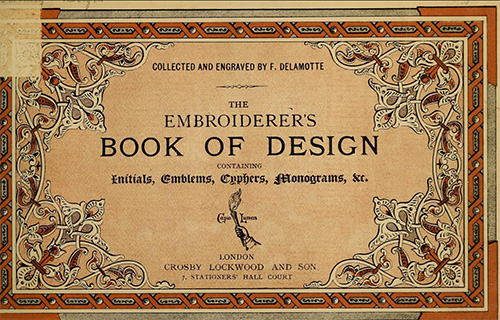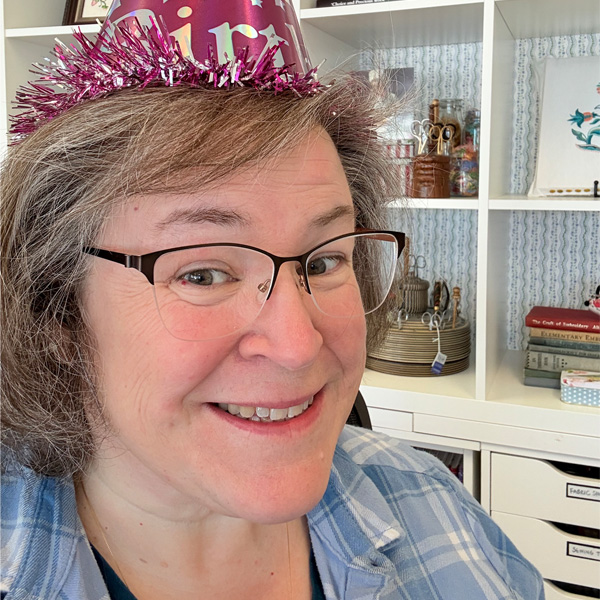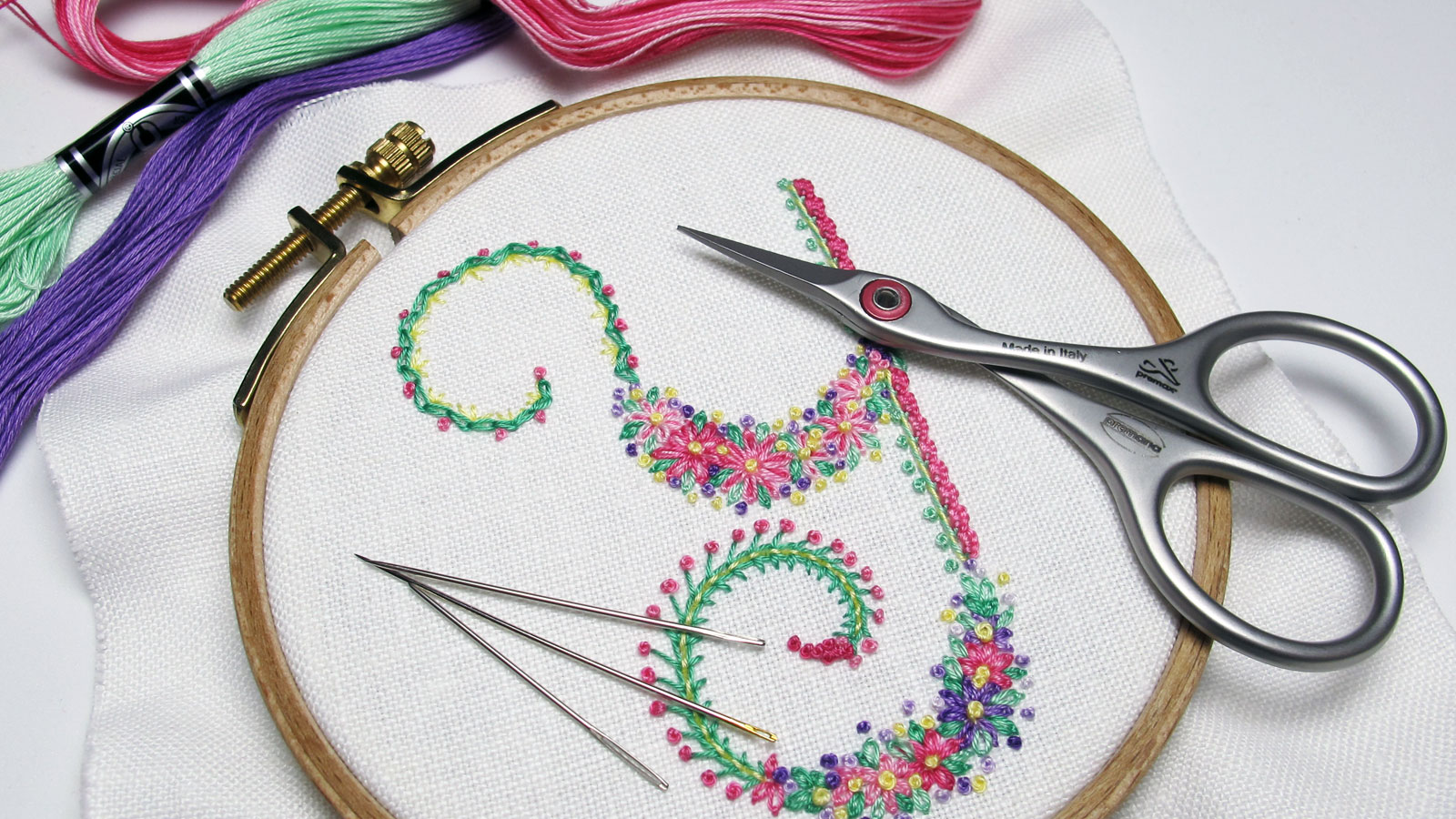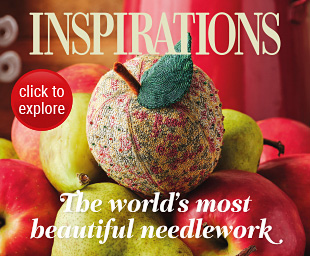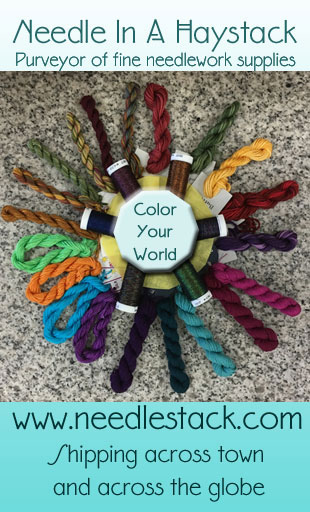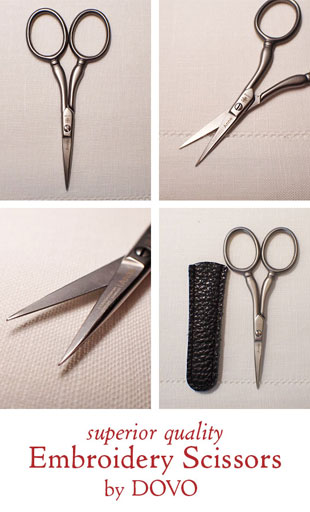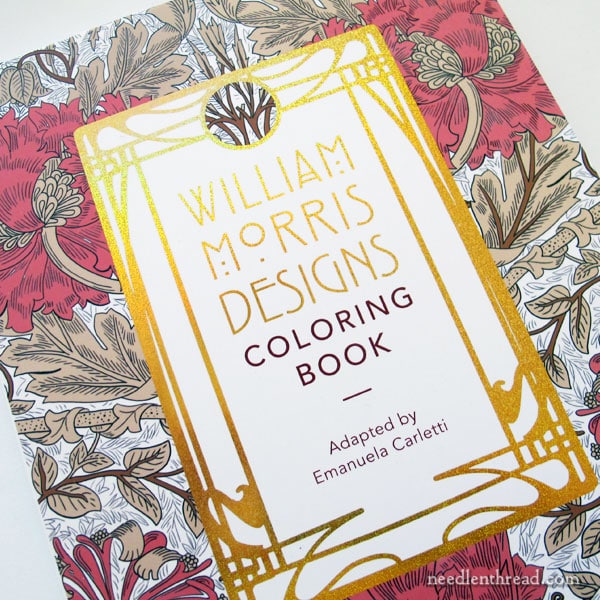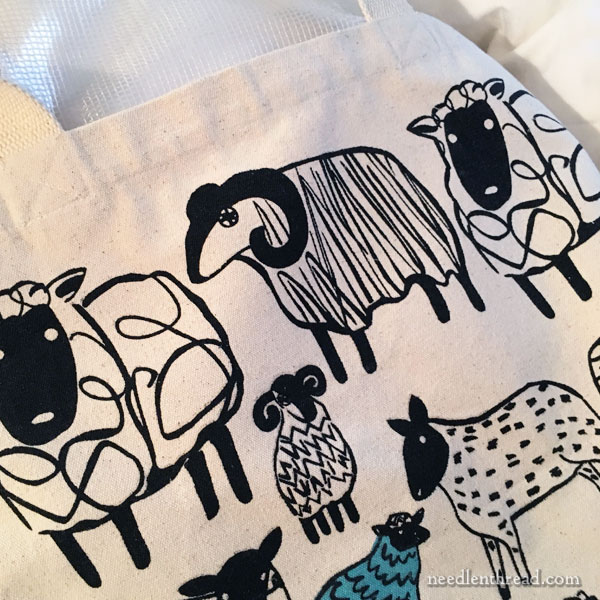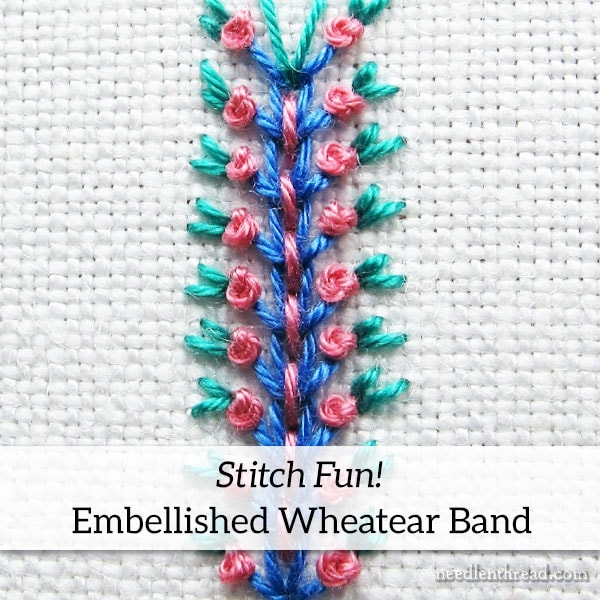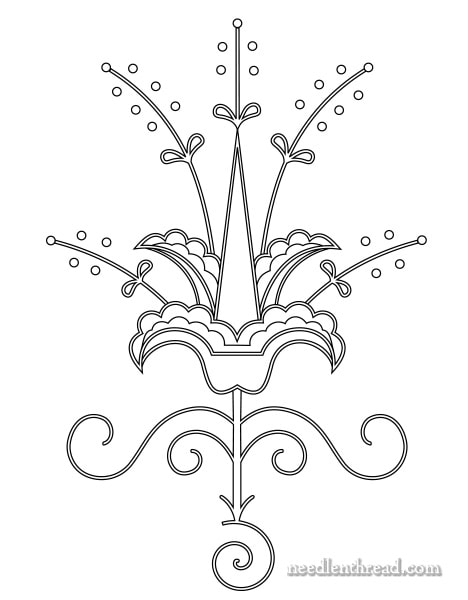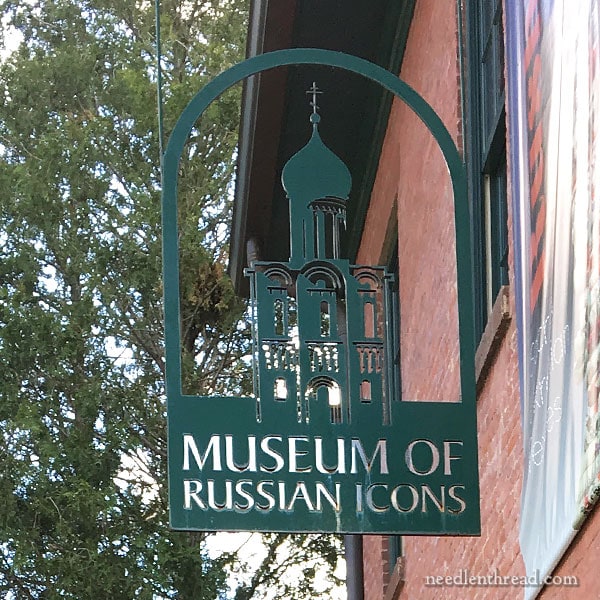May 29, 2018
Embroiderer’s Book of Design – Nice Pattern Resource!
Well, my friends, this week did not start the way I planned!
By today, I should have been working in my new “digs” – the space I’ve rented to host all things Needle ‘n Thread. Yesterday, I had planned to show you around a bit. But due to unforeseen technical difficulties, a tour and a chat will have to wait.
In the meantime, I’m writing from an iPad, which leaves a lot to be desired. I’m optimistic, though! I’m sure the glitches will be sorted this week and the studio should be operational soon. Not attractive, mind you. Just operational. That’s all I’m striving for at this point. I’m dying to get some stitching done and to share with you some design work and doodling I’ve been dabbling with.
Speaking of designing and doodling, today, I’d like to share with you a free online source called The Embroiderer’s Book of Design: Contains Initials, Emblems, Cyphers, Monograms, &c. It’s a neat book and it has a lot to recommend it. It might take a little bit of work to get the designs transfer-ready, but the book itself is a terrific source for ideas!
